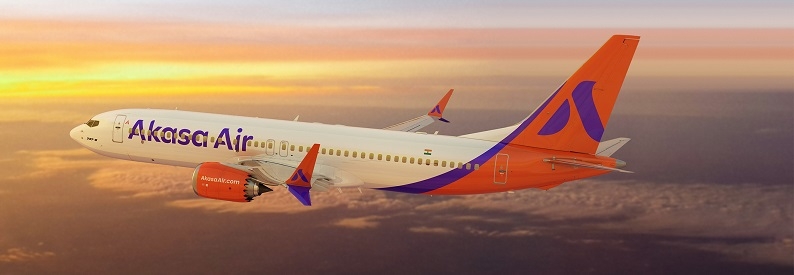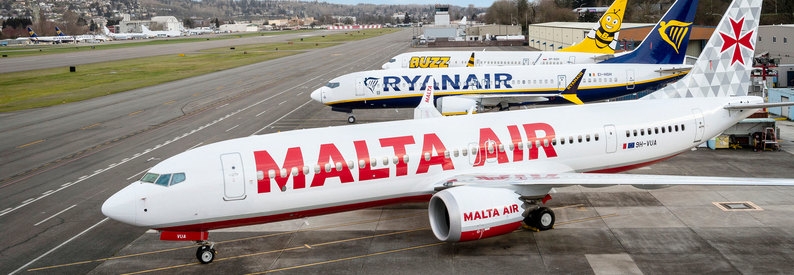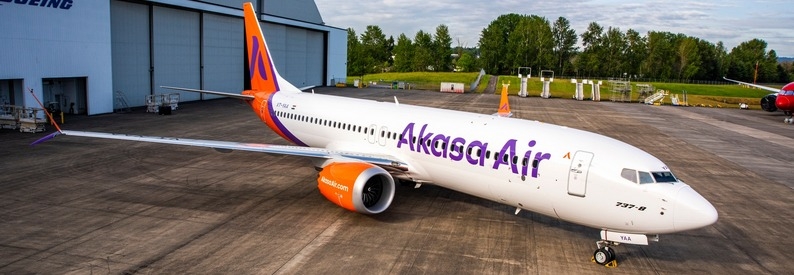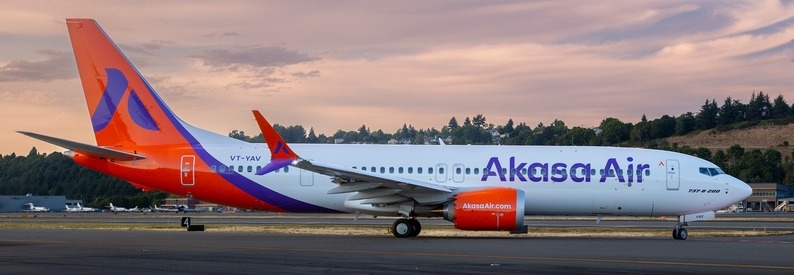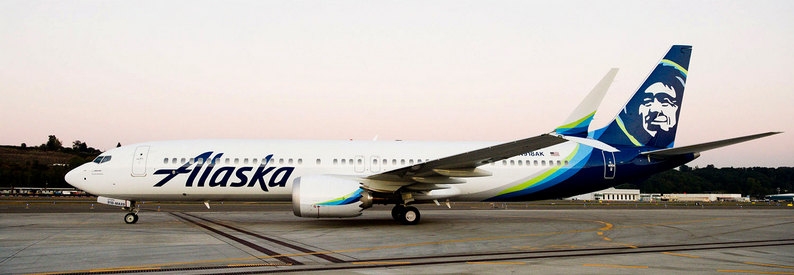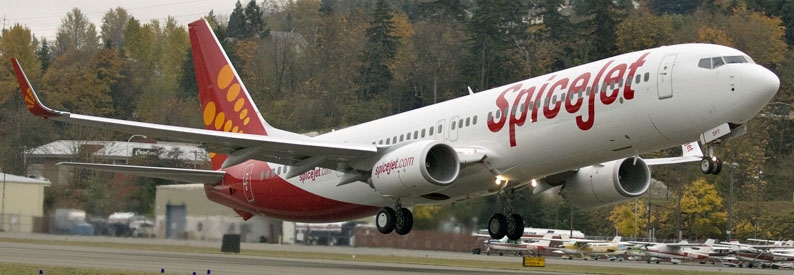Akasa Air (QP, Mumbai International) is sufficiently capitalised to induct 72 aircraft by 2027, co-founder and Chief Commercial Officer Praveen Iyer said in an interview with India’s Businessline.
“As a start-up, it’s been exactly four months, and we are happy with the overall performance. In fact, the financial platform is strong enough to allow Akasa Air to place an aircraft order in the next 18 months that will be significantly larger than the first one,” he said.
Having started in August 2022, the airline currently operates 56 flights daily with nine B737-8s leased from Griffin Global Asset Management and LEAP. It has sixty-one more B737 MAX on order from LEAP, ch-aviation fleets data shows.
Iyer said deliveries had been timely so far, and the company was on track to induct one or two aircraft every month as per its plan. “By December 25, 2022, we will have ten aircraft and also take delivery of the 11th aircraft. By December end, we will have 11 destinations on 16 nonstop routes and expect to cross the milestone of 500 weekly flights.”
“Our fleet size will be 18 aircraft by the end of March 2023, and over the next four years, we will add 54 additional aircraft, taking our total fleet size to 72 aircraft,” he added.
Akasa intends to expand its network to establish a pan-India presence, focusing on Mumbai International and Tier-Two and Tier-Three route connectivity. The Indian government classifies cities with a population of 50,000 to 100,000 as Tier-Two cities, while those with a population of 20,000 to 50,000 are classified as Tier-Three cities.
Iyer said the airline has partnered with around 50 to 60 companies over the last few months. “We were not aiming for high corporate penetration, given that we had just started. However, we have had significant success with corporate programmes. The feedback has prompted us to address the demand from the corporate segment,” he added.
A vast market with growing middle- and higher-income groups, India has room for another three to four airlines in the next five years, Iyer believes. “In 2019, air traffic was about 200 million passengers per year. Based on our internal analysis, by 2030, it is estimated to go up by about 500 million passengers annually. Hence, there is enough room for every player in the market to grow along with the market. In this growing pie, we do not have to worry about taking any other player’s market share as the market is large enough for many carriers to participate,” he said.

